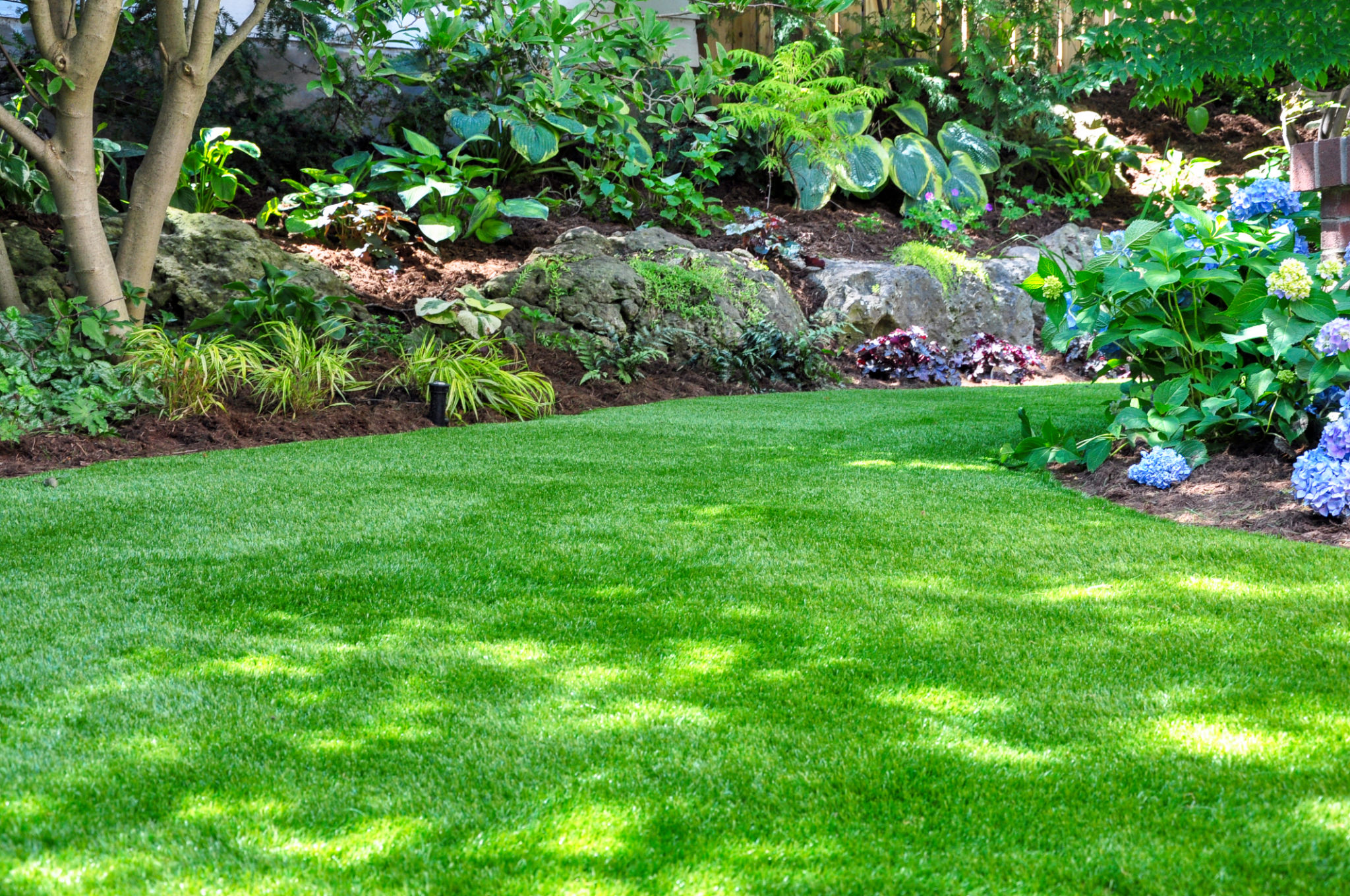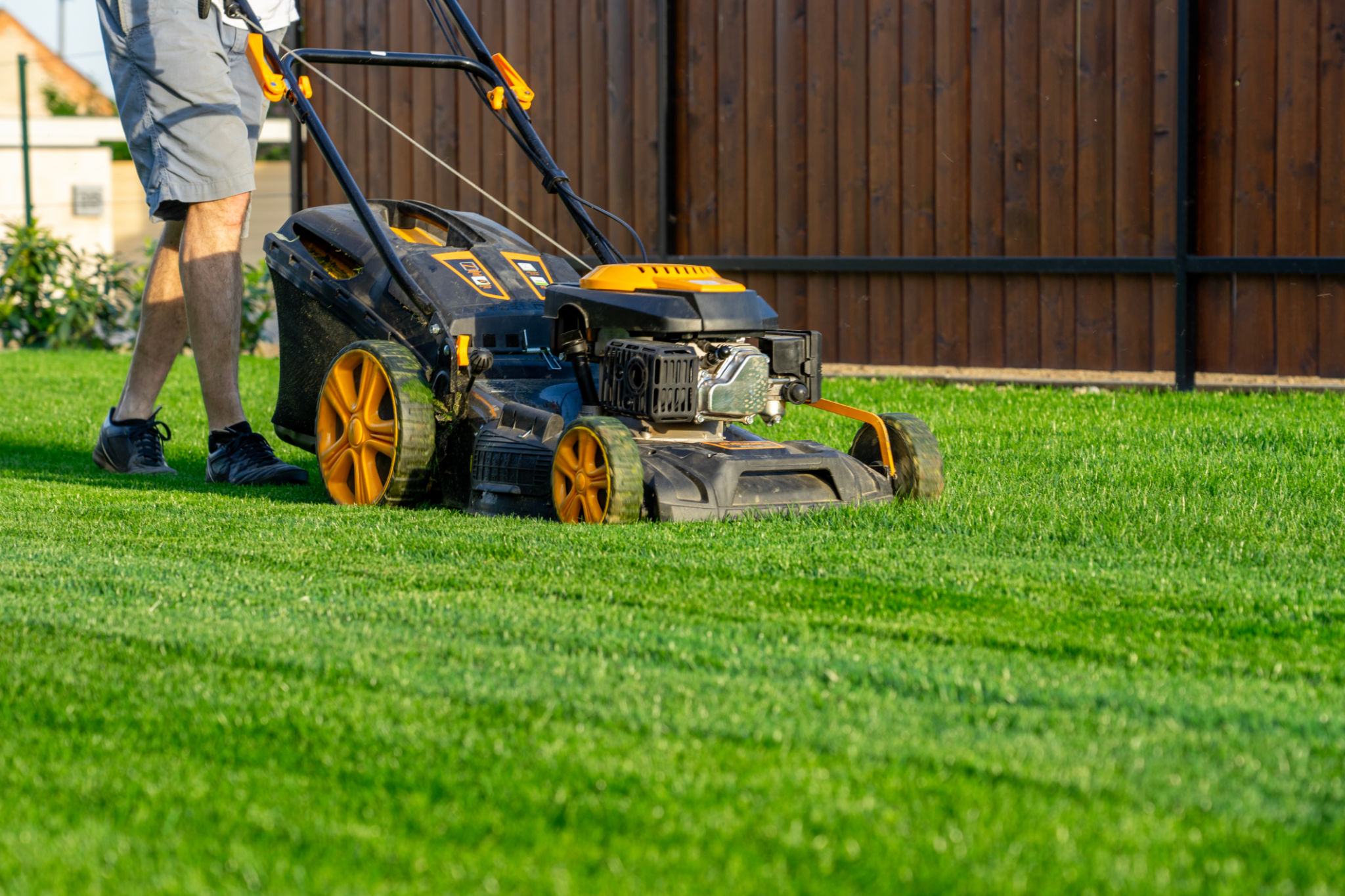How to Choose the Right Grass Type for Your Yard: A Comprehensive Guide
Understanding Your Climate
Choosing the right grass type for your yard begins with understanding your local climate. Grass types are generally categorized into warm-season and cool-season varieties. Warm-season grasses thrive in southern regions where summers are long and hot, while cool-season grasses are better suited for northern climates with cooler temperatures and more distinct seasons.

Warm-Season Grasses
Warm-season grasses such as Bermuda, Zoysia, and St. Augustine are ideal for areas with hot summers. These grasses grow actively during the warm months and go dormant in the winter. They are drought-resistant and tolerate heat well, making them perfect for southern lawns.
Cool-Season Grasses
Cool-season grasses like Kentucky Bluegrass, Fescue, and Ryegrass flourish in regions with cold winters and moderate summers. They grow actively in the spring and fall, providing a lush, green lawn even in cooler temperatures.

Assessing Your Yard Conditions
Besides climate, the specific conditions of your yard will also influence your choice. Consider factors such as sunlight exposure, soil type, and drainage. Some grass types require full sun, while others tolerate shade better. Knowing your soil’s pH level and texture can also help determine the best grass for your yard.
Sunlight Exposure
If your yard receives full sun throughout the day, grasses like Bermuda or Buffalo grass are excellent choices. For shady areas, you might consider Fescue or Zoysia grass, which perform well with less sunlight.

Soil Type and Drainage
The type of soil in your yard can greatly affect grass selection. Sandy soils drain quickly but may not retain nutrients well, while clay soils retain water but may lead to poor drainage. Conduct a soil test to determine pH levels and texture, then choose a grass type that suits these conditions.
Maintenance Requirements
Consider how much time and effort you are willing to invest in maintaining your lawn. Some grasses require frequent mowing, watering, and fertilizing, while others are more low-maintenance. Understanding the care needs of your chosen grass type will help you maintain a healthy and attractive lawn.
Mowing and Watering
Grasses like Bermuda and Zoysia need regular mowing to maintain their appearance, whereas Fescue varieties can be mowed less frequently. Understanding the watering needs of your grass is also crucial; some types require more water to stay green and healthy.

Pest and Disease Resistance
Different grass types have varying levels of resistance to pests and diseases. Choosing a variety that is resistant to common issues in your area will reduce the need for chemical treatments and ensure a healthier yard.
Final Considerations
When choosing the perfect grass type for your yard, it's essential to balance aesthetic preferences with practical needs. Consider factors such as foot traffic tolerance if you have kids or pets that frequently play on the lawn. Ultimately, selecting the right grass type involves understanding your local climate, yard conditions, and maintenance capabilities to create a beautiful and sustainable outdoor space.